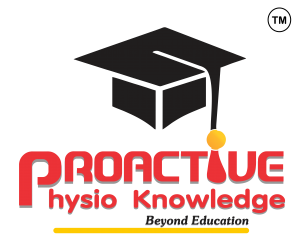Lower cross syndrome
Lumbo Pelvic Hip Complex Dysfunction (LPHCD) has been previously described as “lower crossed syndrome” or an “anterior pelvic tilt”. is likely similar to, or includes the dysfunction described as kyphotic lordotic-posture, sway back posture and is correlated with many low back and lumbosacral dysfunctions. LPHCD is limited to common impairments of the lumbar spine, sacroiliac […]
